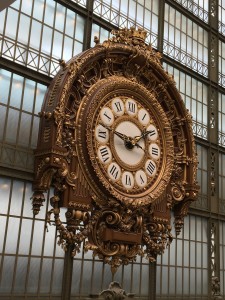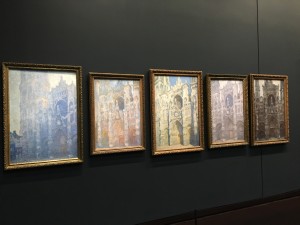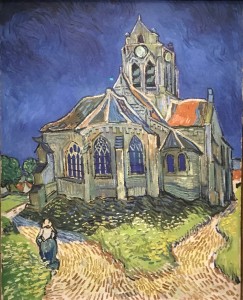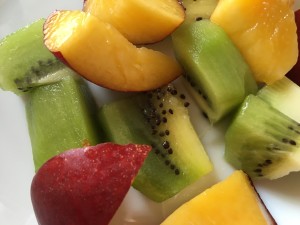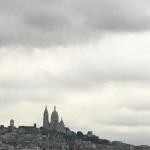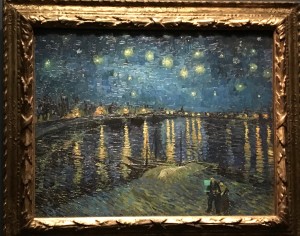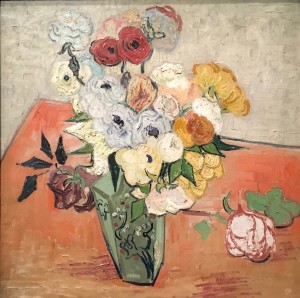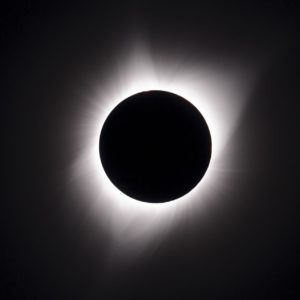
PHOTO: NASA taken by Dominic Hart at the Oregon State Fairgrounds August 21, 2017
When the eclipse reached totality, the dramatic appearance of the sun’s corona took the crowds collective breath away—stunning and larger than I had imagined it would be. Was it the blackness of the moon that made the corona look so bright, or the brightness of the corona that made the moon’s darkness absolute, like a hole in the sky looking into emptiness?
“The corona’s always there,” I thought, “just overpowered by the sun’s brilliance.”
Only darkness could reveal the light.
Darkness is often used to describe something to be avoided or escaped. It’s a metaphor for what’s wrong in our world or in us. It’s where we don’t want to be. We read about moving from darkness into light, and the spiritual journey is often described that way.
But the eclipse reminded me that when it comes to darkness, it’s not so clear cut. Darkness has an important role to play in creation, in life, and in spiritual deepening.
Years ago, a close friend of mine was diagnosed with breast cancer. A few weeks later, after having had an inconclusive mammogram, I was called back for a second screening. While waiting for the appointment, I thought a lot about cancer and dying, imagining the worst: Would I see my children grow to adulthood? How well would I deal with the pain and process of treatment? How would it affect my family and friends? Was I ready to face death? And how was my relationship with God?
The morning of the appointment was clear and bright. The prospect of death had sharpened my senses, and on the way to the imaging facility, I noticed everything: the coolness of the air, the color of leaves, the beauty of the city, the crisp, dark shadows on the buildings that made edges sharp and shapes distinct. Without the shadows, everything would blend into everything else. “Maybe that’s what’s meant by ‘the shadow of death,’” I pondered. “It provides definition, bringing life into focus.”

PHOTO: Mary van Balen
The relationship between darkness and light is a constant theme in literature and art. It runs through Scripture. Phrases like “a light that darkness could not overcome” or “calling you out of the darkness into the light” quickly come to mind, portraying “darkness” as evil. But there are others.
The creation story starts out in chaos. God then separates light from darkness suggesting both were present—light in darkness, darkness in light—to make day and night. Neither were banished. Life needs both to work. And God said it was all very good.
In Exodus, God was in the pillar of cloud as well as the pillar of fire when leading the Hebrews out of Egypt, and when Moses met the Holy One face to face, the people hung back and watched from the light as Moses entered the thick, dark cloud because that’s where God was.
Psalm 139 says: “Darkness is not dark for you, and night shines as the day. Darkness and light are but one.”
God is in both.
The great mystics speak of darkness as a necessary part of the journey. It helps us see what is otherwise missed—like the corona that’s present but invisible. Darkness invites us to reach deeper, to look intently, to accept ourselves as we are. And in the darkest times, we may learn how to sit with God in the night while the Holy Mystery does the work we are unable to do ourselves.

Photo Credit: NASA/Carla Thomas
The coming together of darkness and light during the eclipse was magnificently beautiful, a profound experience that will remain for me an image of the power of darkness to illumine the spiritual journey—a metaphor of the grace found in embracing our darkness as well as our light, and encountering God there.
© 2017 Mary van Balen



![By Gravure d'Antoine Maurin dit "Maurin l'aîné" (1793-1860) à partir d'un dessin de Louis Janmot (1814-1892) [Public domain], via Wikimedia Commons Pencil drawing of Blessed Fredric Ozanam](https://staging.maryvanbalen.com/wp-content/uploads/2017/09/Frédéric_Ozanam_2-220x300.jpg)
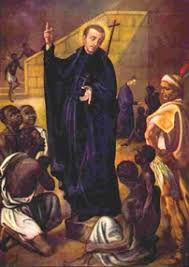
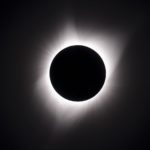

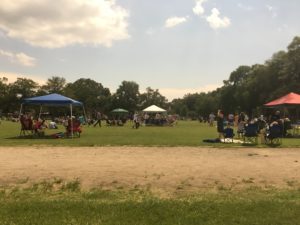
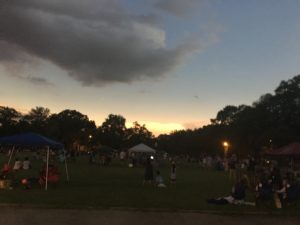
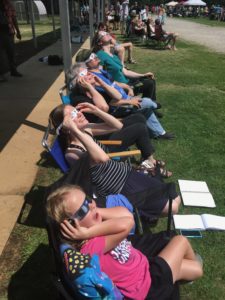



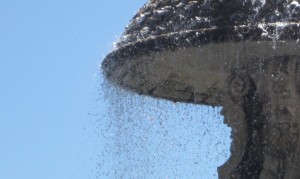
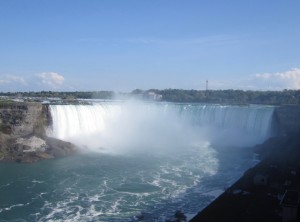

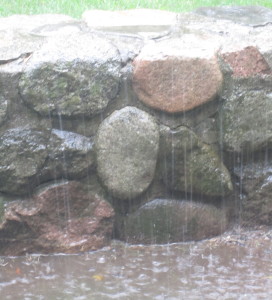
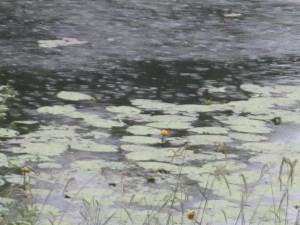

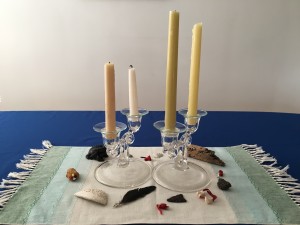
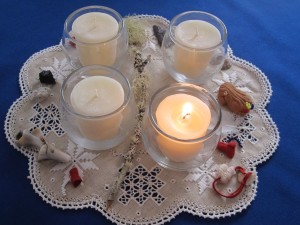
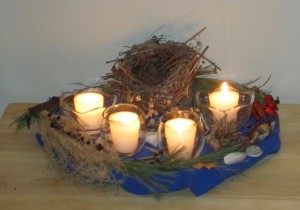

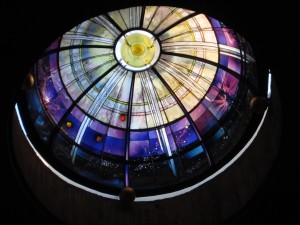 Originally published in The Catholic Times, November 12, 2016 issue
Originally published in The Catholic Times, November 12, 2016 issue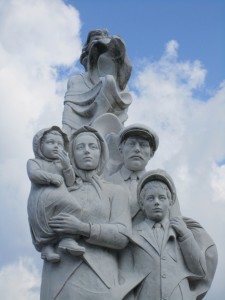

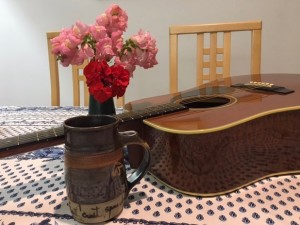 Originally published in The Catholic Times, October 16, 2016
Originally published in The Catholic Times, October 16, 2016
